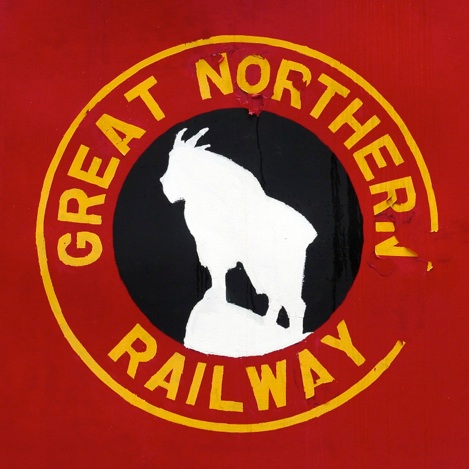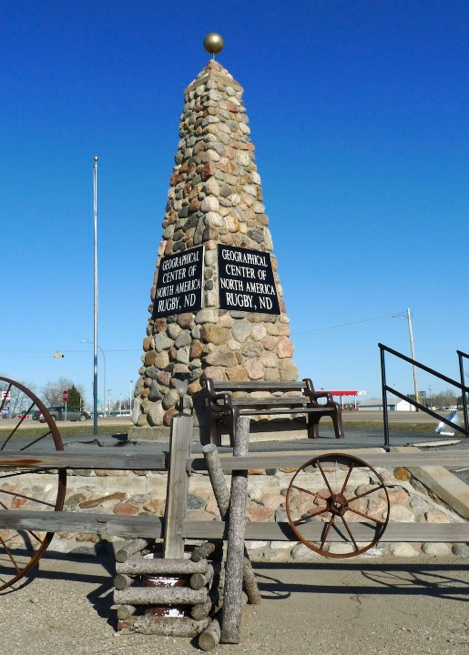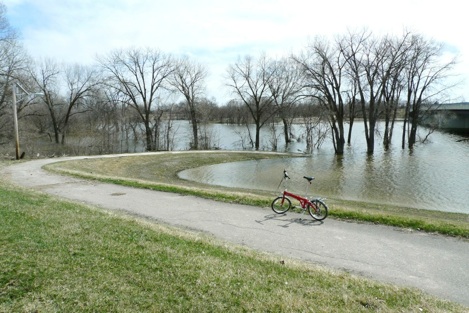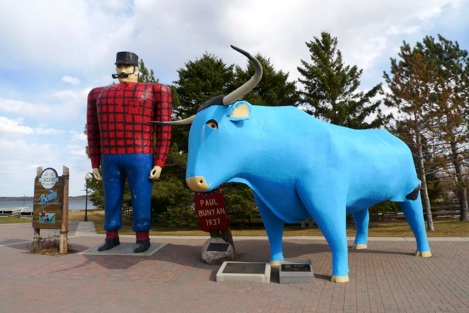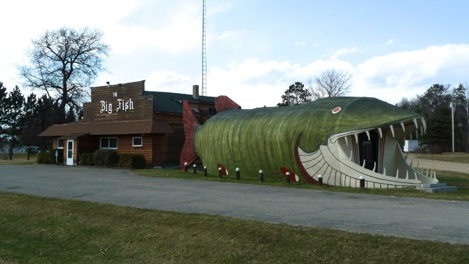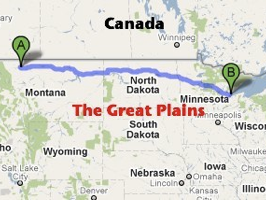
The Rockies-to-Plains contrast is stark no matter how many times I’ve experienced the transition. Whether I’ve just spent days running up and down and around mountains and drop into the plains or whether I’ve spent a week driving across the flat middle of our country and encountered the wall of the Rockies, I’m still never prepared for the contrast. That such great heights abut endless expanses of flatness is striking.
This time was no different though this time approaching the transition was complicated by weather. Knowing that a storm was approaching the Pacific Northwest, I tried to leave early and outrun it. My goal was to be on the east side of the Rockies before the snow hit. I almost made it but the last of the Rockies was spent fighting snow and difficult driving conditions. Trees were down in many places, cars were occasionally off the road, and everyone was taking great caution.
Below you can see a respite in the weather as I entered Glacier National Park, the last of the Rockies before descending into the plains. Note that along the hill across the valley you can see a train shelter. These structures were built for Great Northern trains to hide in during big snow storms and they were often build beneath the path of likely avalanche slopes.
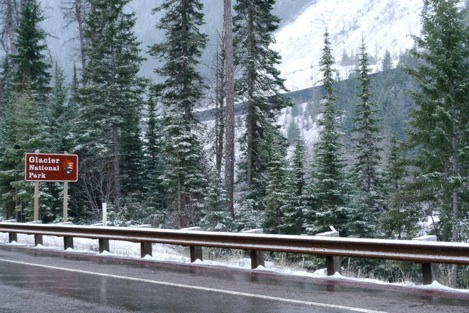
By nightfall I found myself at the foot of the Rockies at Point A (map).
While the transition between mountains and plains is striking it’s also relatively abrupt. For two days prior I had been driving through mountains (Coastal, Cascade and Rockies). Dropping out of Glacier National Park I began days of driving through endless (and extremely windy) plains. You don’t transition over hundreds of miles, you transition abruptly, in a few miles.
At regular intervals along the way I spied evidence of the Great Northern Railway. I was always curious to watch for it out of the corner of my eye. Frankly, there wasn’t much else to do while driving until I got to Grand Fork and entered the lakes and forests in Minnesota. Things started to get interesting again as I approached Point “B” (map) in Duluth.
